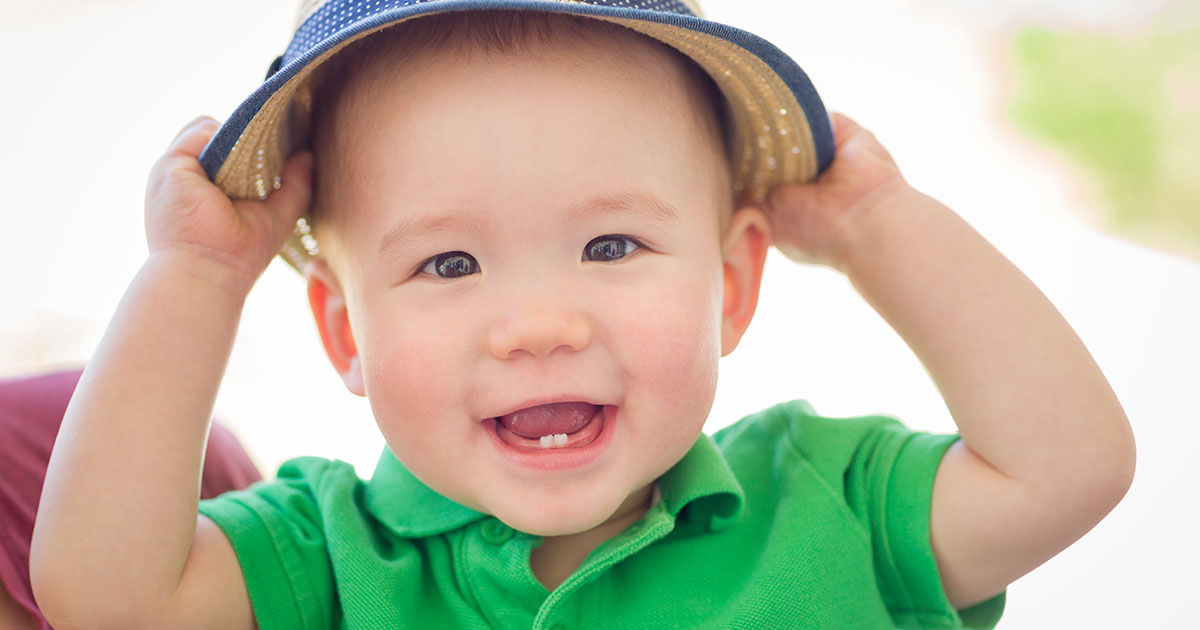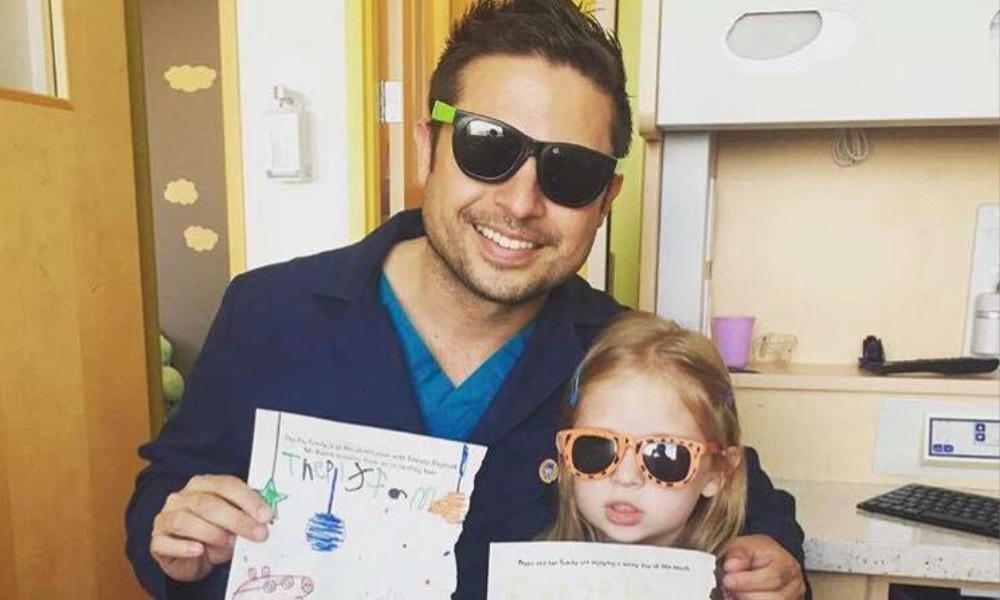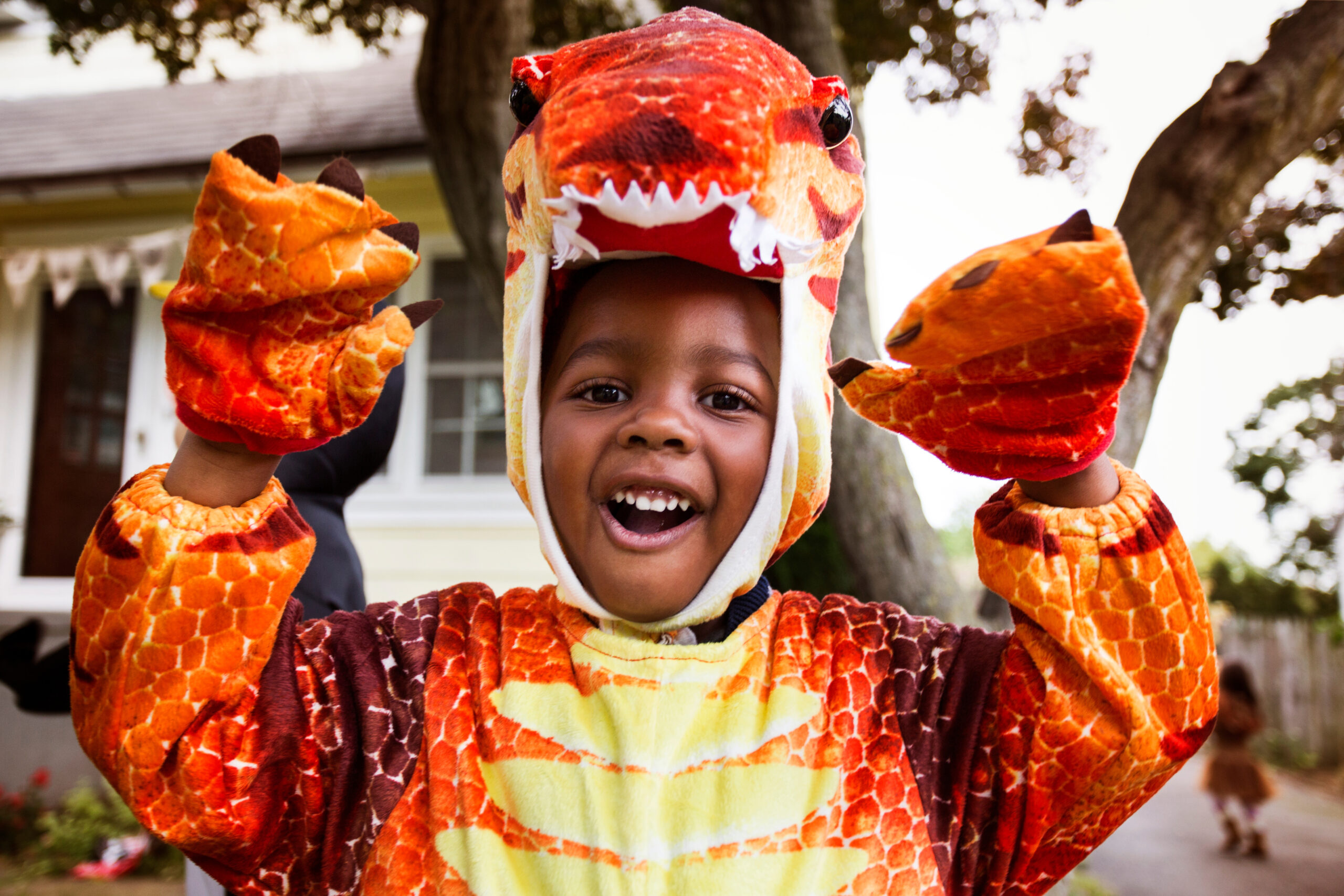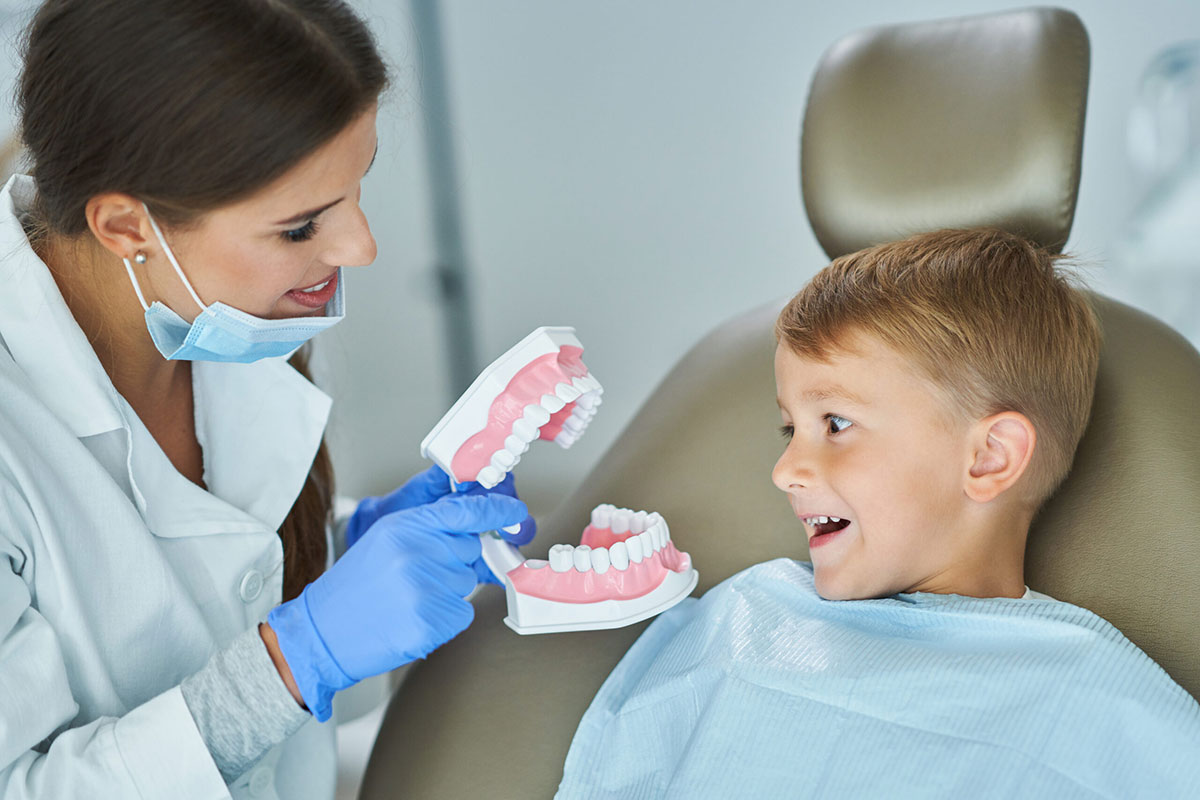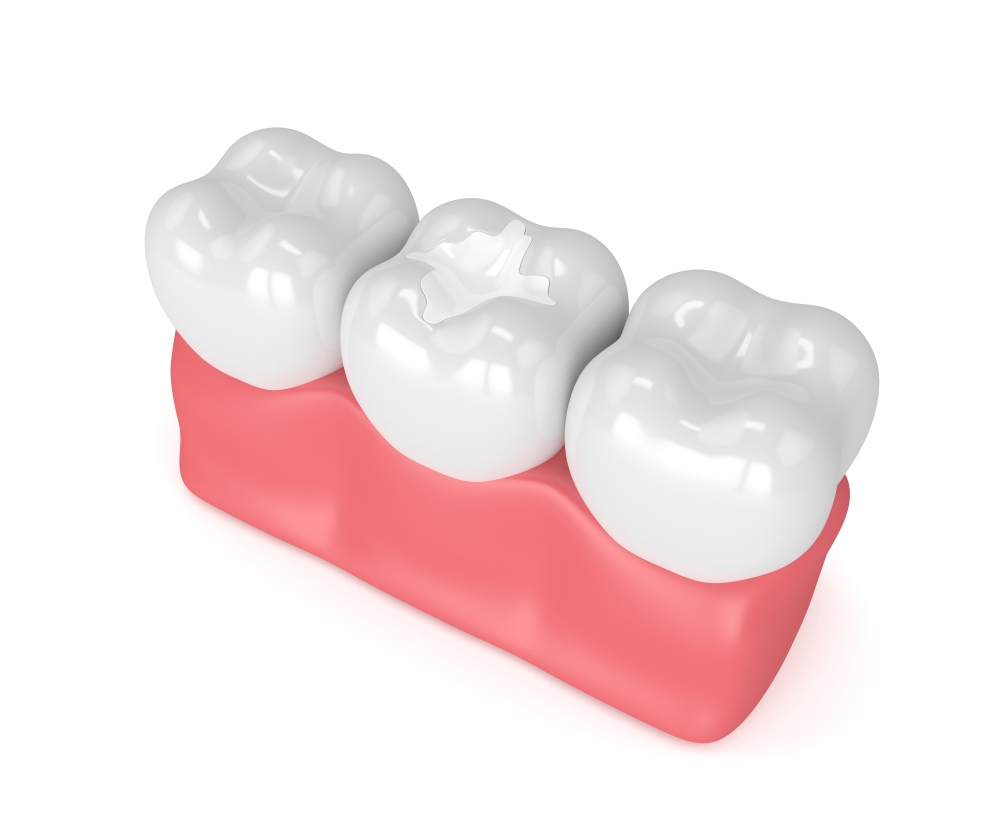
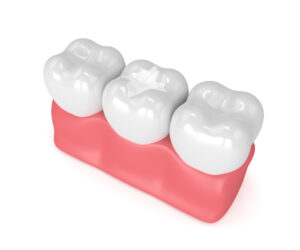 Dental sealants are a powerful tool for protecting your child’s teeth from cavities, especially during their formative years. If your child has recently had sealants applied, you may wonder about the next steps: what foods they can eat, how to care for the sealants, and what to do if any issues arise.
Dental sealants are a powerful tool for protecting your child’s teeth from cavities, especially during their formative years. If your child has recently had sealants applied, you may wonder about the next steps: what foods they can eat, how to care for the sealants, and what to do if any issues arise.
In this guide, we’ll answer all your questions, including how soon your child can eat, what foods to avoid, and how to handle potential issues with dental sealants. By following these recommendations, you can help your child maintain a healthy and protected smile for years to come.
What Are Dental Sealants and Why Are They Important?
Dental sealants are thin, protective coatings applied to the chewing surfaces of molars and premolars. These teeth often have deep grooves and pits where food and bacteria can collect, making them prone to cavities. Sealants provide an extra layer of protection by filling in these grooves, creating a smooth surface that keeps harmful substances out.
The Application Process
The process of applying dental sealants is quick, painless, and straightforward:
- Cleaning the Tooth: The dentist removes any plaque or debris from the tooth surface.
- Preparing the Tooth: A mild acidic solution is applied to roughen the tooth surface, ensuring the sealant adheres securely.
- Applying the Sealant: The liquid sealant is painted onto the tooth and hardened with a curing light, creating a durable protective barrier.
Sealants are particularly beneficial for children and teenagers, as their developing teeth are more susceptible to cavities. Adults can also benefit from sealants, especially if they have deep grooves in their teeth.
How to Care for Dental Sealants
Proper care is essential to ensure the longevity and effectiveness of dental sealants. Here are a few important steps to follow:
Maintain Good Oral Hygiene
- Encourage your child to brush twice a day with fluoride toothpaste.
- Use a soft-bristled toothbrush to avoid damaging the sealants.
- Help them floss regularly to clean between teeth and prevent gum disease.
Visit the Dentist Regularly
- Schedule dental checkups every six months. During these visits, the dentist will examine the sealants to ensure they are intact and functioning as intended.
Avoid Harmful Habits
- Teach your child to avoid chewing on hard objects like ice, pencils, or fingernails, as these can chip or break the sealants.
With these simple steps, you can help ensure the sealants remain effective for years.
How Soon Can You Eat After Sealants Are Applied?
A common question parents have is, “How long after sealants can you eat?”
The answer is that dental sealants harden immediately after being cured with a special light, meaning your child can eat right away. However, it’s a good idea to avoid particularly hard or sticky foods for the first 24 hours to ensure the sealants settle properly.
Foods to Enjoy After Sealants
Sealants don’t significantly restrict your child’s diet, but soft and gentle foods are ideal, especially immediately after the procedure. Some safe options include:
- Soft fruits like bananas, peaches, and pears
- Cooked vegetables such as carrots and broccoli
- Dairy products like yogurt and cheese
- Grains like rice, pasta, and bread
- Tender meats and eggs
These foods are easy to chew and won’t put undue pressure on the sealants.
Foods to Avoid After Sealants
While most foods are safe, some can pose a risk to the sealants. Here are a few types to avoid:
Sticky Foods
Sticky treats like caramel, toffee, and gummy candies can adhere to the sealants, potentially causing them to loosen or lift.
Hard Foods
Hard foods such as popcorn kernels, hard candies, and nuts can crack or chip the sealants, compromising their protective function.
Sugary Snacks
Although sealants help protect against cavities, consuming too much sugar can still harm unprotected areas of the mouth. It’s best to limit sugary foods and drinks to support overall oral health.
Can You Eat Chips After Sealants?
Chips are generally safe to eat after sealants, but some caution is necessary. Crunchy or hard chips with sharp edges can wear down the sealants over time. If your child enjoys chips, consider softer varieties and ensure they brush their teeth afterward to remove any lingering particles.
What to Do If Problems Arise with Dental Sealants
Dental sealants are durable, but issues can sometimes occur. Here’s how to handle common problems:
Sealants That Chip or Fall Off
If you notice that a sealant has chipped or come off, contact your dentist promptly. They can repair or replace the sealant to restore its protective barrier.
Persistent Sensitivity
It’s normal for teeth to feel slightly sensitive immediately after sealants are applied, but this should resolve quickly. If sensitivity persists, consult your dentist to ensure there are no underlying issues.
Cavities Under Sealants
In rare cases, cavities can form beneath sealants if they were not applied correctly. Regular dental checkups can catch and address these issues early.
Natural Wear and Tear
Sealants may wear down over time, particularly in children who frequently chew on hard foods or objects. During routine visits, your dentist can assess the sealants and reapply them if necessary.
What Should You Do If There Is a Problem with Your Dental Sealant?
Dental sealants are durable but can sometimes chip, wear down, or cause sensitivity. If this happens, visit your dentist promptly to repair or replace them. Persistent sensitivity or cavities beneath the sealants should also be addressed during routine checkups.
At Kids Mile High, we’re here to help protect your child’s smile. Contact us with any concerns or to schedule an appointment



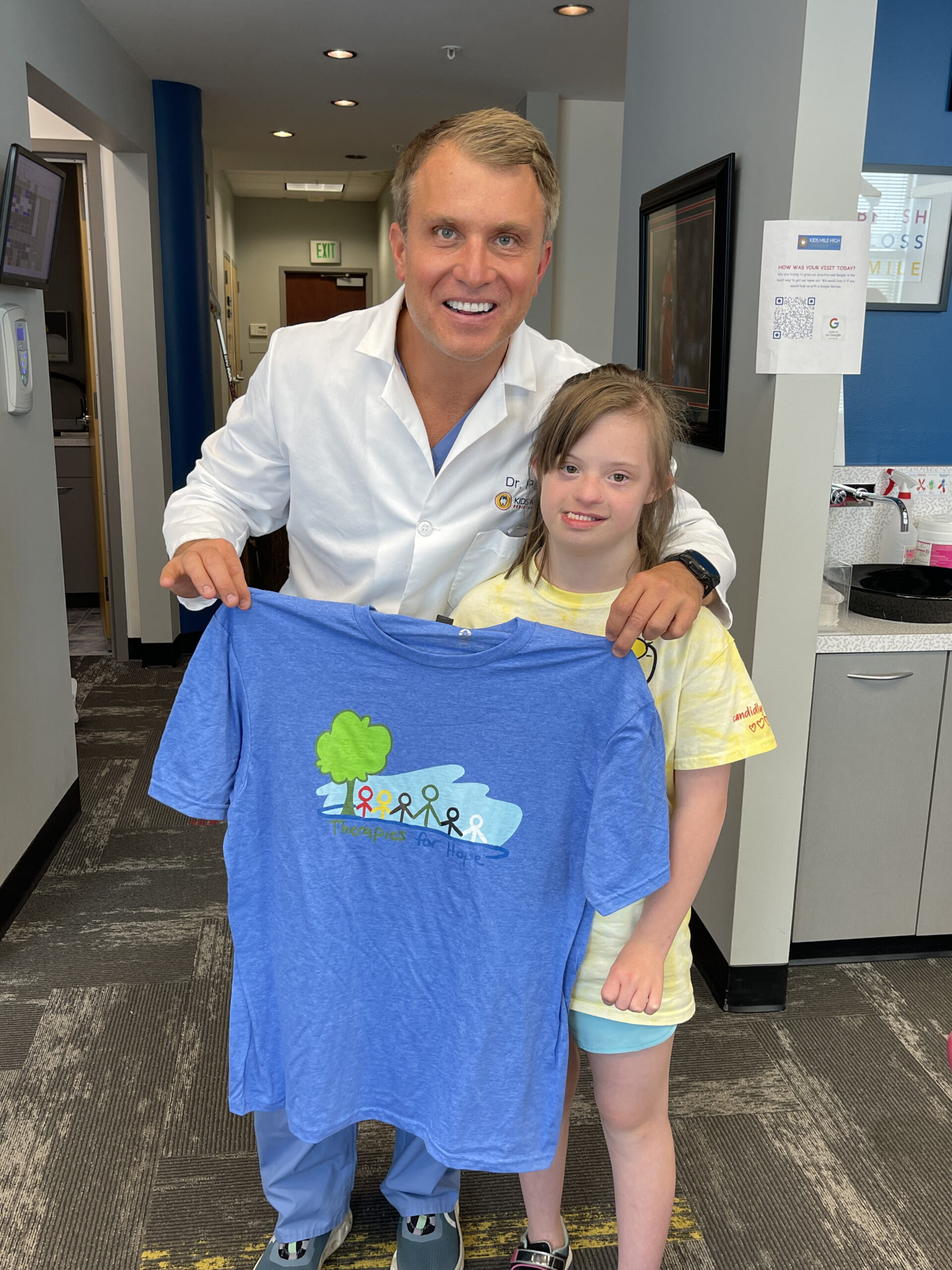
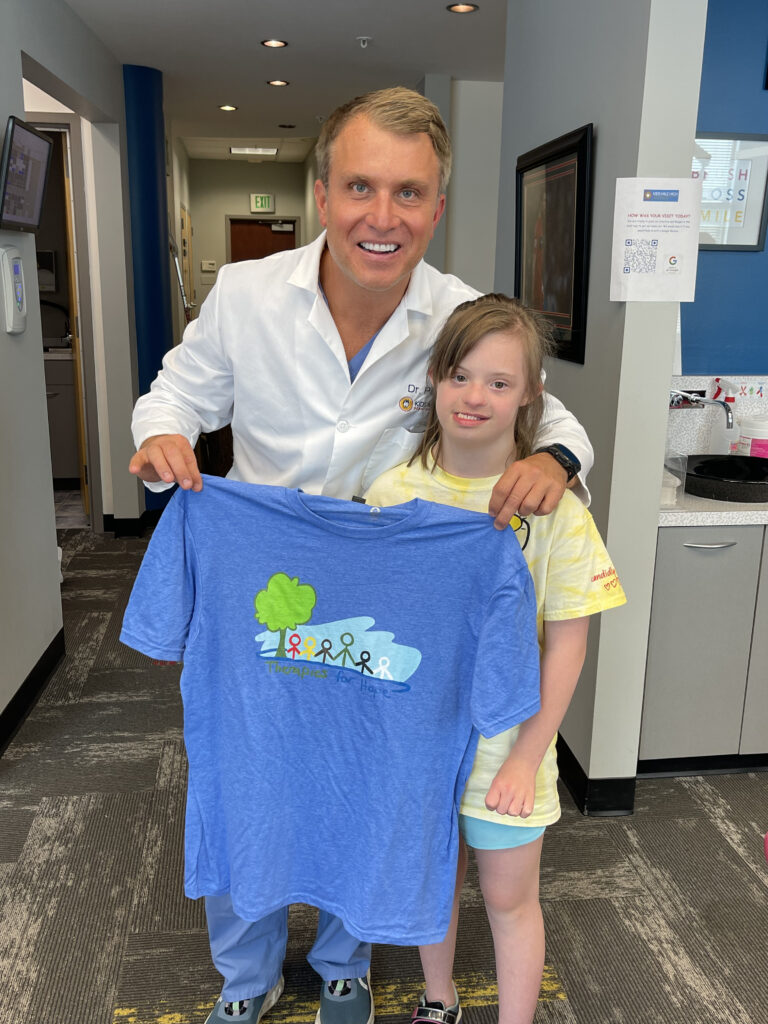 If you have a child with special needs, you likely excel at finding the best care and support for them. But what about dental care? You may be wondering, “Should my child see a special needs dentist?”
If you have a child with special needs, you likely excel at finding the best care and support for them. But what about dental care? You may be wondering, “Should my child see a special needs dentist?” Finding the right dentist for your child’s unique needs is crucial. Here’s how you can find the perfect match:
Finding the right dentist for your child’s unique needs is crucial. Here’s how you can find the perfect match:
